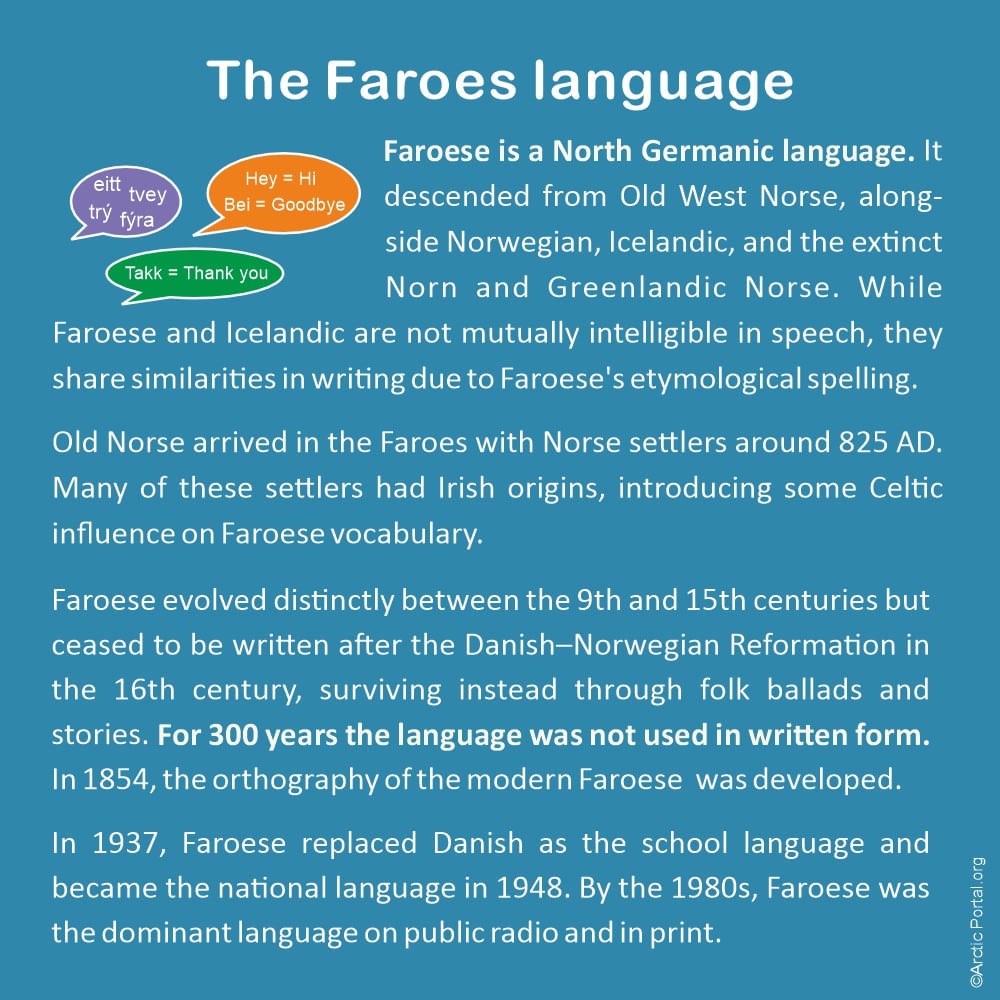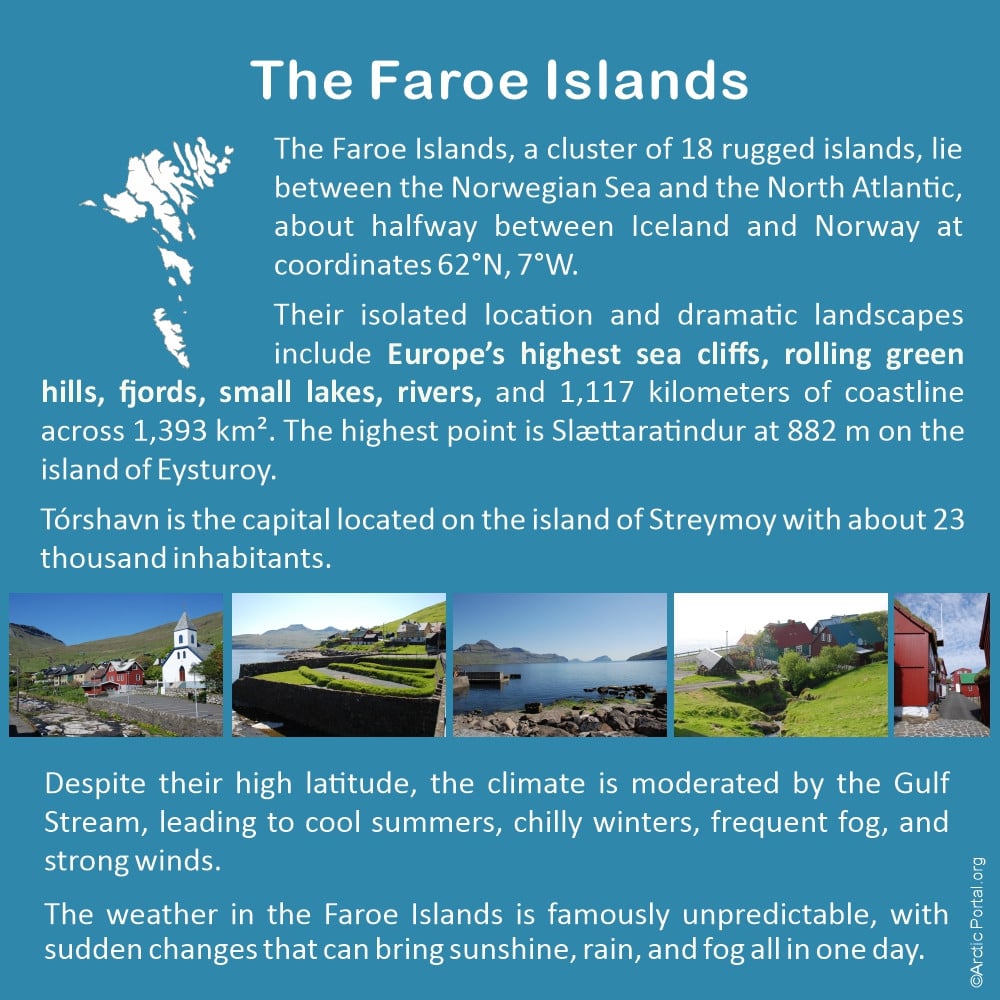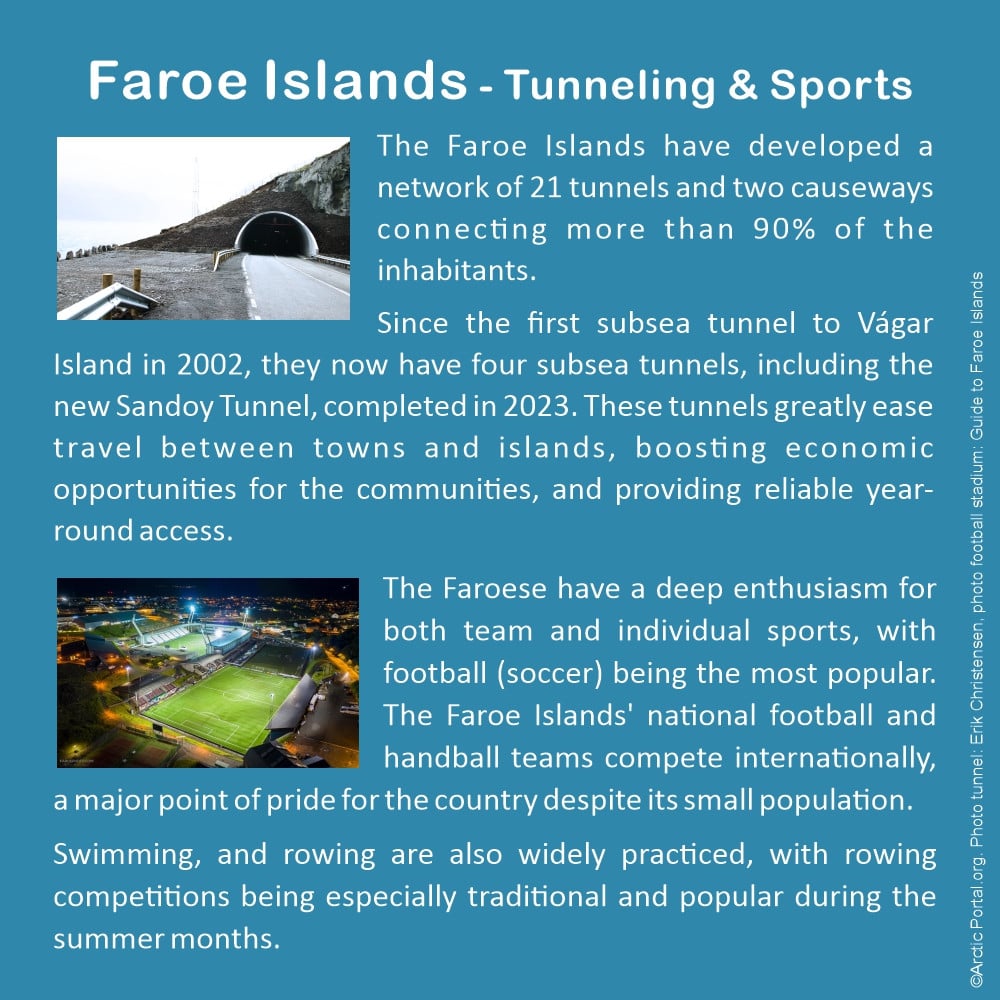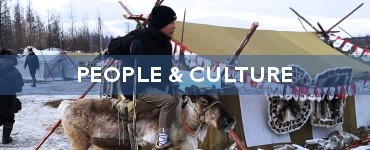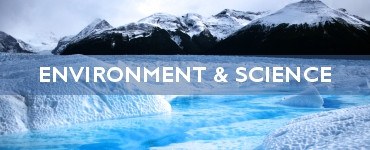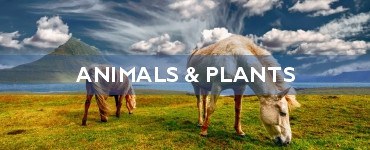The Faroese ethnicity has roots in both Norse and Gaelic cultures. The first settlers were Gaelic monks in the 6th century, followed by Norse-Gaels in the 9th century, bringing Norse traditions. According to the Icelandic Færeyinga saga (circa 1200), Norsemen, led by the legendary Grímur Kamban, settled the islands, possibly fleeing the unification policies of Norway's king. Grímur's name hints at Celtic roots, suggesting the early influence of Scottish and Irish cultures on the Faroes.
The Faroese
The Faroese ethnicity has roots in both Norse and Gaelic cultures. The first settlers were Gaelic monks in the 6th century, followed by Norse-Gaels in the 9th century, bringing Norse traditions. According to the Icelandic Færeyinga saga (circa 1200), Norsemen, led by the legendary Grímur Kamban, settled the islands, possibly fleeing the unification policies of Norway's king. Grímur's name hints at Celtic roots, suggesting the early influence of Scottish and Irish cultures on the Faroes.
Genetic studies reveal this blend: while male ancestry is primarily Scandinavian (87%), female ancestry is largely Celtic (84%).
Faroe Islanders are known for their deep connection to nature, humility, and storytelling spirit. They are warm hosts who value meaningful gatherings over formality. Relaxed about timekeeping and drawn to sunny escapes, they take pride in their heritage and eagerly share their homeland's beauty with visitors.
The Faroes Language
Faroese is a North Germanic language. It descended from Old West Norse, along-side Norwegian, Icelandic, and the extinct Norn and Greenlandic Norse. While Faroese and Icelandic are not mutually intelligible in speech, they share similarities in writing due to Faroese's etymological spelling.
Old Norse arrived in the Faroes with Norse settlers around 825 AD. Many of these settlers had Irish origins, introducing some Celtic influence on Faroese vocabulary.
Faroese evolved distinctly between the 9th and 15th centuries but ceased to be written after the Danish-Norwegian Reformation in the 16th century, surviving instead through folk ballads and stories. For 300 years the language was not used in written form. In 1854, the orthography of the modern Faroese was developed.
In 1937, Faroese replaced Danish as the school language and became the national language in 1948. By the 1980s, Faroese was the dominant language on public radio and in print.
The Faroese flag & coat of arms
The Faroe Islands' flag, Merkið, features an offset red Nordic cross on a white field with a blue border, symbolizing Christianity. Inspired by the Danish Dannebrog, it reflects the Faroe Islands' close ties to Nordic countries. Its colors - white for sea foam and sky, blue, and red - connect it to other Nordic flags, especially resembling those of Norway and Iceland.
The Faroese national coat of arms, Veðrur, comprises a blue shield with a silver ram, a motive dating back to the medieval period. When the Løgting was abolished in 1816, the coat of arms went out of use but returned in 1948 when the Home Rule Act came into force.
Geography
The Faroe Islands, a cluster of 18 rugged islands, lie between the Norwegian Sea and the North Atlantic, about halfway between Iceland and Norway at Coordinates 62°N, 7°W.
Their isolated location and dramatic landscapes include Europe's highest sea cliffs, rolling green hills, fjords, small lakes, rivers, and 1,117 kilometers of coastline across 1,393 km2. The highest point is Slættaratindur at 882 m on the island of Eysturoy.
Tórshavn is the capital located on the island of Streymoy with about 23 thousand inhabitants.
Despite their high latitude, the climate is moderated by the Gulf Stream, leading to cool summers, chilly winters, frequent fog, and strong winds.
The weather in the Faroe Islands is famously unpredictable, with sudden changes that can bring sunshine, rain, and fog all in one day.
Resources
The economy of the Faroe Islands relies primarily on fisheries and aquaculture, which together make up around 90% of the country's exports. Key fish products include mackerel, herring, and salmon, which the Faroese export worldwide, notably to the U.S., the EU, and China.
Beyond fishing, the Faroese government is fostering growth in other sectors, such as IT, tourism, and renewable energy.
The islands' natural beauty is atttracting more tourism, and there is an increasing focus on sustainable energy production, with over half of their electricity now derived from renewable sources.
The Faroese economy is also supported by emerging industries like financial services, maritime services, and the creative arts, although these remain secondary to the dominant fishing industry.
The University of the Faroe Islands, established in 1965, is the main higher education institution, located in Tórshavn. It offers a range of programs across five main faculties: Faroese Language and Literature, Education, Science and Technology, Nursing, and History and Social Sciences.
Tunneling & Sports
The Faroe Islands have developed a network of 21 tunnels and two causeways connecting more than 90% of the inhabitants.
Since the first subsea tunnel to Vágar Island in 2002, they now have four subsea tunnels, including the new Sandoy Tunnel, completed in 2023. These tunnels greatly ease travel between towns and islands, boosting economic opportunities for the communities, and providing reliable year-round access.
The Faroese have a deep enthusiasm for both team and individual sports, with football (soccer) being the most popular. The Faroe Islands' national football and handball teams compete internationally, a major point of pride for the country despite its small population.
Swimming, and rowing are also widely practiced, with rowing competitions being especially traditional and popular during the summer months.
See also our map of Arctic Definitions
Visit our Map Gallery Arctic Portal specializes in creating customized graphical maps that cover a range of significant Arctic topics with global recognition. We are continuously working on new maps and adding them to our Gallery.




